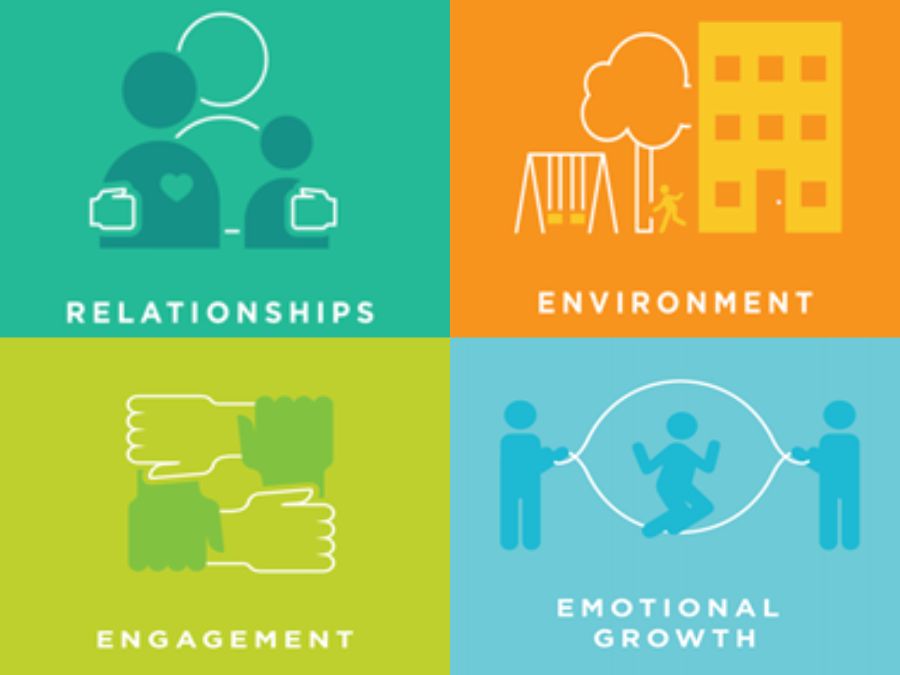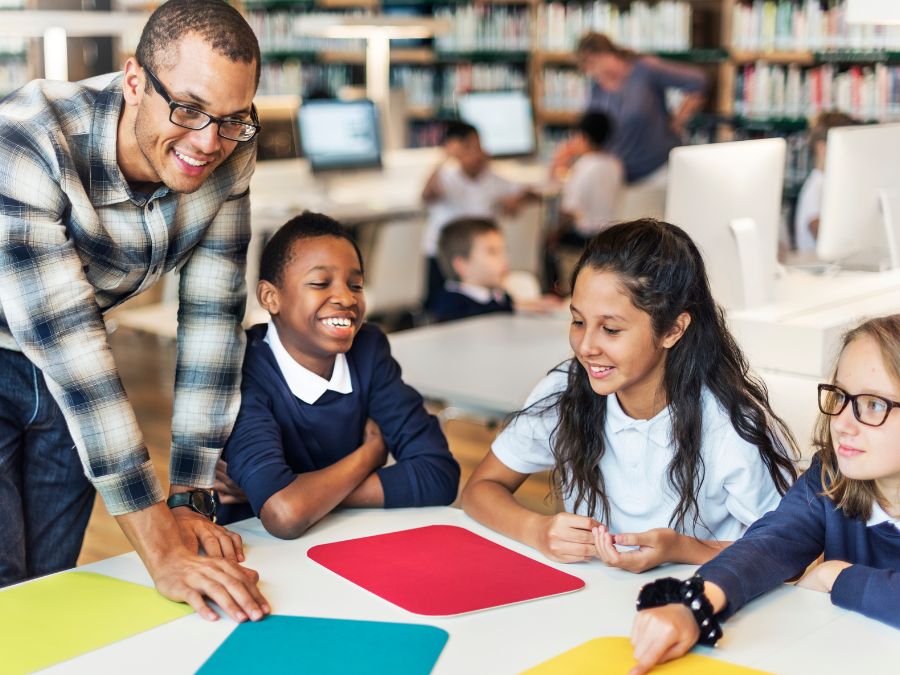
The Week of HOPE starts today, which is why we thought it would be a great time to reintroduce the HOPE (Healthy Outcomes from Positive Experiences) framework. A lot has happened in the past few years, but the core of HOPE has remained constant.
HOPE exists because positive experiences help children grow into more resilient, healthier adults. HOPE and the HOPE framework help us better understand and support these key positive experiences, transforming systems that focus on problems. Screening tools, which include elements of implicit bias, create a presumption of deficit. Clients or patients are asked to “disclose” experiences of hunger, homelessness, violence, mental health conditions, and other challenges that then become the subject of professional intervention.
HOPE shifts this narrative. People are defined by their strengths as well as their challenges and HOPE-informed practices create a presumption of strength. Even people with high ACEs scores show resilience, strength, and often also recall positive childhood experiences – their ACEs score does not define them.
The HOPE framework is built from research. In 2019, we published a paper describing the positive childhood experiences score. The score was developed as a result of the 2015 population study in Wisconsin. This study added seven questions to the Behavioral Risks Surveillance System. These questions probed adult respondents about their childhood memories about feeling safe and supported at home and in school by their parents, by other adults, and by friends. The resulting PCE score gave a score of zero to seven. Adults with higher scores were less likely to have mental health problems, including current mental health problems and depression. This relationship between PCE scores and mental health was present even among individual adults who recalled significant childhood adversity. Twenty-one percent of individuals with an ACEs score of four or more, reported depression and poor mental health if they also had six or seven of the seven possible positive childhood experiences. In contrast, 60% of those individuals with four or more ACES who did not have more than two positive childhood experiences reported poor mental health or a history of depression.
What are those key positive experiences? Looking at both a retrospective review of literature, and a longitudinal study of Australian children, the HOPE framework describes the Four Building Blocks of HOPE. These key positive childhood experiences include safe stable and nurturing relationships with other children and adults. Safe equitable and stable environments for living learning and playing at home and in school. Social and civic engagement to develop a sense of belonging and connectedness. And emotional growth through playing and interacting with peers experiencing nature, developing self-awareness and self-regulation.
One of the core findings of HOPE is that families are resilient. In all of our public communications, hope celebrates the strengths of families. Throughout the pandemic and since, we have published opinion pieces reporting our experiences, and public health data, that showed how well families protected their children throughout the disruptions of the pandemic.
Hope-informed care is growing throughout the United States and beyond. In the past few years, over 25,000 individuals have received training from the HOPE National Resource Center, and we now have 200 trained facilitators around the country who can teach the Introduction to HOPE. The HOPE National Resource Center builds capacity for HOPE-informed care by working with individuals, organizations, and state, local, and national agencies. Over the past year or two, we have seen the emergence of an new standard of care for children and families that includes identifying, honoring, and promoting positive childhood experiences.
HOPE-informed care complements existing frameworks and trainings, like trauma informed care, Strengthening Families, and the Basics. HOPE trainings begin with understanding the current training and experience of the individuals and organizations. HOPE adds the child’s perspective, and offers structured methods for incorporating that perspective into practice.
To learn more about HOPE, visit our website and explore our resources, training options, blogs, and so much more. If you want to hear more about how different organizations practice HOPE, come to our HOPE Summit, starting Wednesday, March 29, register today.
We want to hear from you: We have been absolutely inspired when we hear how HOPE has transformed care around the country and around the world. Take a moment to email us at tufts.mc.hope@tuftsmedicine.org and let us know how the HOPE framework has influenced your own life both personally and professionally. We look forward to hearing from you!


